Jatropha tanjorensis, also known as ‘hospital too far’ is a plant from the Euphorbiaceae family. It is usually grown in rainfall forest zones in parts of West Africa. Jatropha (hospital too far) is known for its medicinal purposes. The plant is very similar to Tree Spinach, and is called ‘Efo Iyana-Ipaja’ in Yorubas and ‘Ugu Oyibo’ in Igbo.
Jatropha Curcas, also known as Barbados Nut or Hedge Castor Oil Plant, is another plant from the Euphorbiaceae family. In Nigeria, the Yoruba people call it ewe Lapalapa. It is a plant that is widely used for its health benefits. It is often used in the preparation of herbs, particularly in rural areas. What makes the plant great as a herb is that it can be used in various ways. Scientific studies have shown that Jatropha tanjorensis is rich in antioxidant nutrients like phosphorus, selenium, zinc, vitamin C and vitamin E. It contains anti-oxidant, anti-inflammatory, analgesic, anti-oxidant, anti-diarrheal, anti-bacterial properties.
In this article, we would be looking at some of the health benefits of Jatropha tanjorensis (hospital too far).
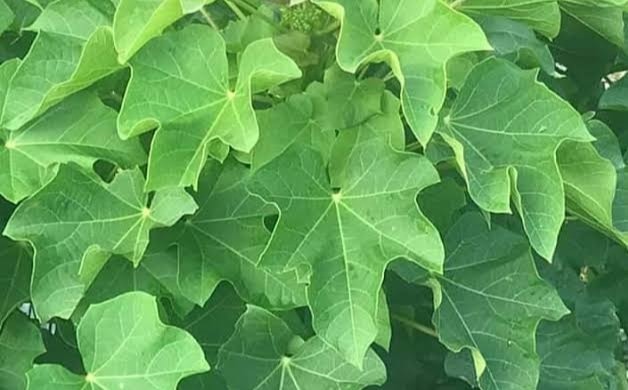
Relieves Constipation
One of the many health benefits of the jatropha plant is that it eases digestion and makes it easy to pass out stool from the body. That is why it is used as a cure for constipation and other digestion issues. Chewing the leaves raw would stimulate the digestion process, making it easier to pass out waste. It is also used to cure a gassy stomach. All you need to do is to place the leaf on top of a flame, not so near that it gets burnt, but just enough for it to get hot. Then you rub some coconut oil on the leaves and attach it to the stomach. You will feel the gassiness go away in no time.
Heals Fever
Another health benefit of jatropha is that it is used to heal fever, especially in small children. It is a good alternative to what children are used to because they do not have to take it orally, which most children do not like. All you have to do is to place some leaves on the forehead of the child and their fever would subside. This is because jatropha leaves have natural anti-oxide and cold sensations that would bring about relief without any side effects.
Cure Skin Problems
Jatropha leaves are also good for curing skin problems. This is because they contain anti-inflammatory properties and anti-bacterial, making them very effective against certain skin conditions, including eczema, acne, ringworm, phlegm, and so on. To use the leaves, crush the leaves and place them on the areas affected until the juice from it is dried. It is also used for treating scratches and blisters, preventing infections like ulcers.
Pain Relief
Using jatropha leaves for pain relief is also helpful due to its analgesic properties. This would be effective against conditions like rheumatism, arthritis, and other pains related to the joints and other parts of the body. For this to work, you have to grind the leaves and prepare them like herbs for you to drink.
For Easy Delivery
Traditionally, pregnant women close to labour were given jatropha leaves to chew as it was thought to help them ease the delivery process. Although there is no evidence of this fact to this day, this has not stopped the practice.
Good For Dental Health
Jatropha also works wonders for your dental health. The twigs can be used to make toothbrushes that are effective against toothache, paste from the bark is used to treat swelling of the gums, chewing the leaves also helps to treat pyorrhea.
Other Health Benefits of Hospital Too Far (Jatropha tanjorensis):
- Some animal studies have shown that It has antidiabetic properties.
- One medical study reported that Jatropha tanjorensis has antibacterial and antioxidant properties.
YOU SHOULD ALSO READ:
- 7 Grand Health Benefits of Guava Leaves
- 8 Specific Health Benefits of Awolowo Leaves (Siam Weed)
- 8 Potential Health Benefits of Mango Leaves
- 8 Profound Health Benefits Of Ewedu (Jute Leaves)
- 10 Amazing Health Benefits Of Bay Leaves
Collins Nwokolo is a human physiologist, writer and health enthusiast. He loves writing helpful articles on health and fitness, which he enjoys sharing with everyone.
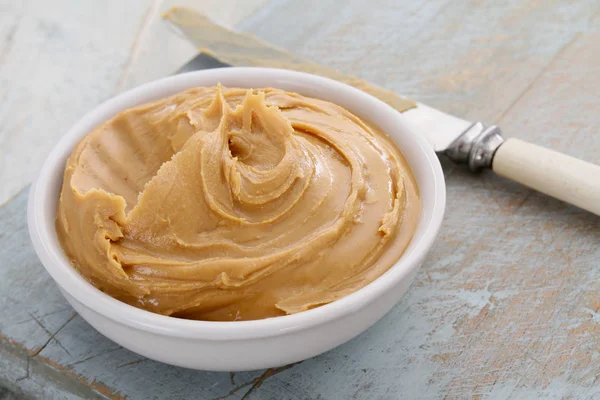
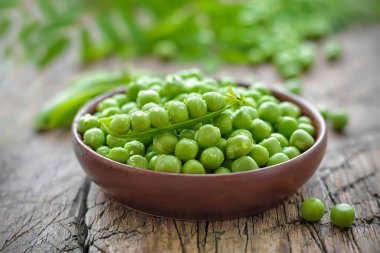


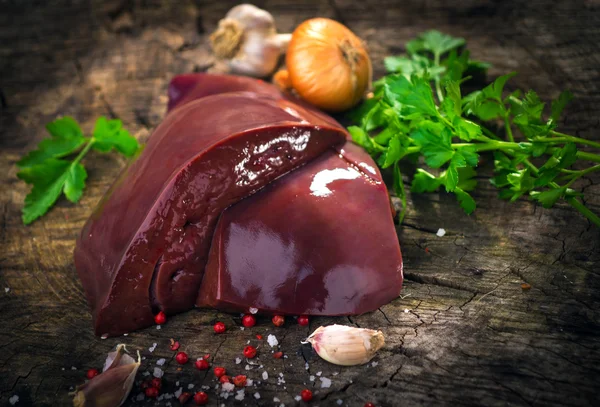


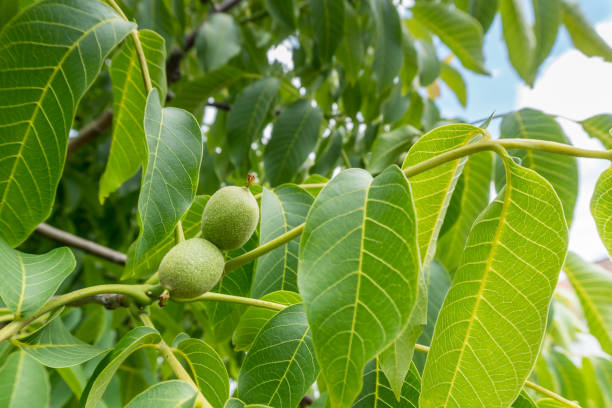


the image you place as Jatropha tanjorensis is not Jatropha image thats Cheirodendron platyphyllum
No, this is the correct image. Check carefully.
True, the image is not Jatropha. That’s the picture of èfó ìyànà-ìpájà.
Èfó ìyànà-ìpájà is cooked as vegetable soup, especially, ègúsí soup.
Jatropha is medicinal but poisonous for human consumption
Thank you. I’ll make the adequate adjustments.
If it is poisonous. How do one have to take it
Jatropha is not the same as èfó-ìyànà, two different crops. Although they look alike, the leaves of Jatropha are thicker than the leaves of èfó-ìyànà.
Jatropha is poisonous while èfó-ìyànà I’d not poisonous and that’s why it is cooked as vegetable soup.
People should take note.